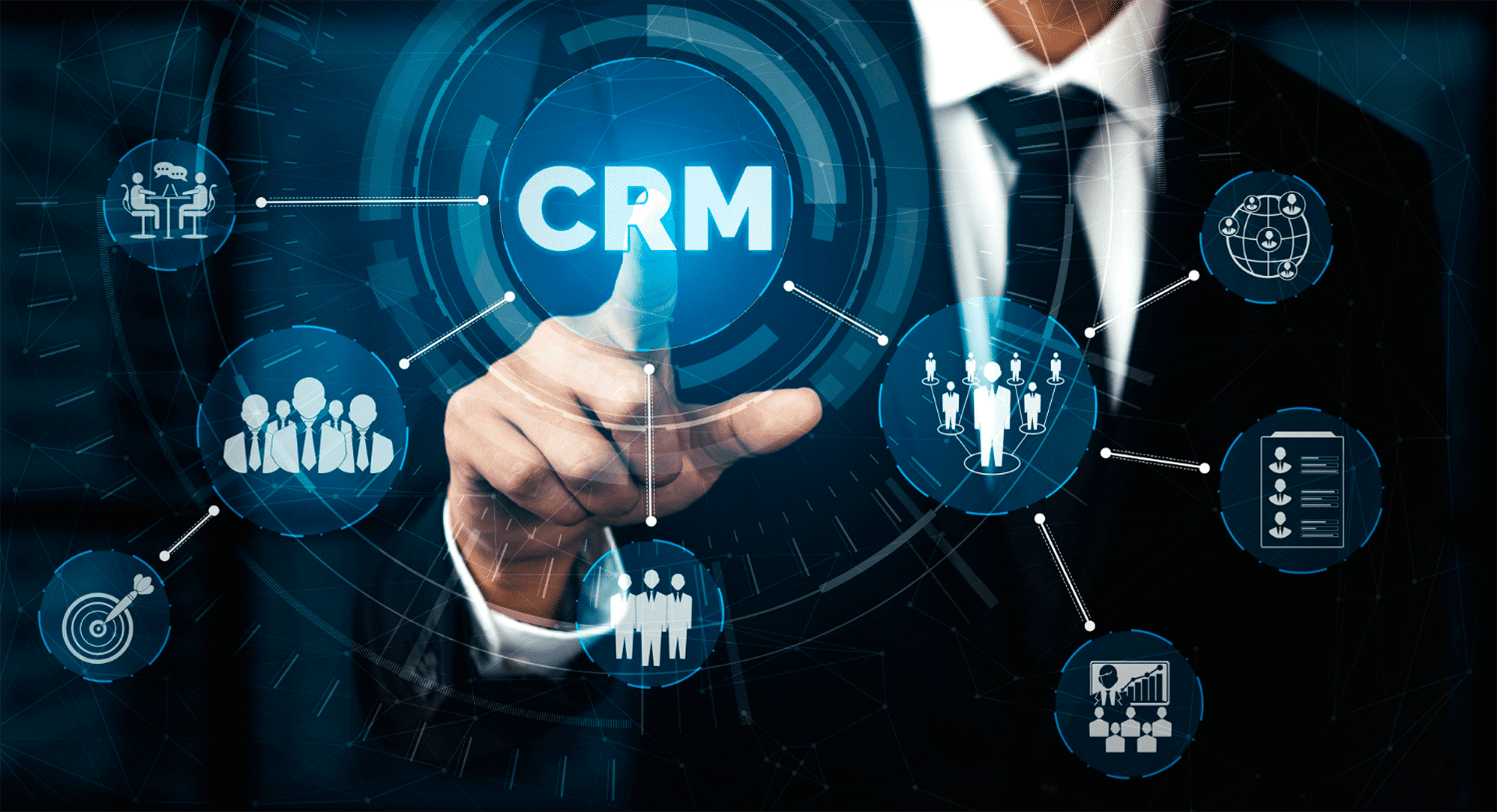

The role of the data and analytics leader as one of the significant business change agents is more important than ever as businesses try to recover and capitalize on new business opportunities that have arisen due to the disruption.
The use of data analytics can be used to re-engineer how decisions are made to better business outcomes. As a result, a modern data and analytics strategy and operational model, as well as data literacy programs that meet the demands of all stakeholders, are required.
Leaders in data and analytics must choose and invest in the data and analytics technologies and tactics that will help them achieve their digital goals.
It’s challenging to make the necessary changes. Our Data & Analytics Summits provide data and analytics leaders with the tools they need to succeed and implement a future-proof strategy that generates real business value.

The move to a more digital-first business model has set the stage for the data analytics industry to develop platforms, tools, and models that illustrate the commercial worth of data sets in business operations, customer experience, and strategic decision-making.
In light of this, Bragona is pleased to announce the Data Analytics for Enterprise Online Event, which will be held this year. The virtual event will be an open discussion forum where data analytics specialists from large corporations and small businesses can freely express their perspectives on how they are:
In 2021, over 100 data and analytics leaders from around the world remotely joined us to learn how to develop and implement a data and analytics strategy that matches the ever-increasing needs of digital businesses. This year’s conference is promising to be even more widespread, as the world has rapidly moved online, and we will be happy to see you there with us.

Because of the increased competition and consumer expectations that come with an online, mobile-centered economy, business is moving faster and becoming more demanding by the minute. To meet these objectives, companies must manage a positive customer experience at every touchpoint, which necessitates a greater reliance on automation, artificial intelligence, big data, and analytics. CRM will have to boost its game as a result. In order to develop significant relationship intelligence, the CRM of the future will need to collect data from a variety of disparate but closely connected sources across time, such as social signals, communication frequency, omnichannel support, and customer analytics. CRM isn’t and can’t stand still. Here are five CRM developments that will help firms meet today’s market demands in the near future.
This 5-day event will introduce you to five important aspects of CRM systems.
Companies working with any complex enterprise management system or planning to implement it often need automation of customer relationship management processes.
To implement this task, you can do it with the CRM module, which is already built into most complex systems. But its functionality is not always enough for the effective organization of sales and marketing. Therefore, several questions arise: do I need a separate CRM system, is it possible to get by with the purchase of a particular CRM module with advanced functionality, or is it better to modify the complex system a little?

The consulting specialists will discuss which solution to choose at our upcoming webinar. Also, the webinar participants will receive recommendations on the preparation and implementation of CRM at medium and large enterprises and will be able to see the passage of the business process of creating an order at the enterprise in the CRM module.
The event will be interesting for commercial directors, heads of sales departments, service departments, general directors, marketing and development directors, and heads of IT departments of medium and large enterprises.
In the webinar program:
Data Science for a Toolkit
for Customer Segmentation
Customer segmentation is a process for exploring and identifying opportunities in people’s anxieties, wants, needs, and behaviors.
The Toolkit for Customer Segmentation was created to assist financial service providers in identifying subsets of clients with similar requirements, interests, and priorities and then designing and implementing strategies for them.
The toolkit explains how to use segmentation to suit customers’ demands better and enhance the overall customer experience. It assists practitioners in determining the scope of the segmentation, determining required roles and tasks, working with timelines, and planning and implementing budgets.
During this event we will discuss the ways to use such a tool effectively, as well as the opportunities that it discovers for businesses.

Back-end web developer jobs are in high demand, and companies want to add a certified server-side developer to their team. The fact that a back-end specialist has a diverse set of abilities and knowledge allows them to maximize their potential in a variety of web development projects.
Let’s look at what back-end development is all about before we get into what it takes to succeed as a professional. In simple terms, the back end of any application is the unseen component that controls all of the application’s internal elements. If the front end addresses “how does it look,” the back end, often known as server-side web development, addresses “how does it work.”

A back-end developer works on the administrative side of the online application, as well as the system’s internal content and server-side technology like database, architecture, and software logic. If you want to be a skilled server-side developer, there are a few basic steps you can do to make your trip easier.
In this conference, we’ve outlined five components of server-side development that you must grasp to become a great server-side web developer: servers, databases, networks, queues, and frameworks.
Learn more about our subscriptions


| Cookie | Duration | Description |
|---|---|---|
| cookielawinfo-checkbox-analytics | 11 months | This cookie is set by GDPR Cookie Consent plugin. The cookie is used to store the user consent for the cookies in the category "Analytics". |
| cookielawinfo-checkbox-functional | 11 months | The cookie is set by GDPR cookie consent to record the user consent for the cookies in the category "Functional". |
| cookielawinfo-checkbox-necessary | 11 months | This cookie is set by GDPR Cookie Consent plugin. The cookies is used to store the user consent for the cookies in the category "Necessary". |
| cookielawinfo-checkbox-others | 11 months | This cookie is set by GDPR Cookie Consent plugin. The cookie is used to store the user consent for the cookies in the category "Other. |
| cookielawinfo-checkbox-performance | 11 months | This cookie is set by GDPR Cookie Consent plugin. The cookie is used to store the user consent for the cookies in the category "Performance". |
| viewed_cookie_policy | 11 months | The cookie is set by the GDPR Cookie Consent plugin and is used to store whether or not user has consented to the use of cookies. It does not store any personal data. |